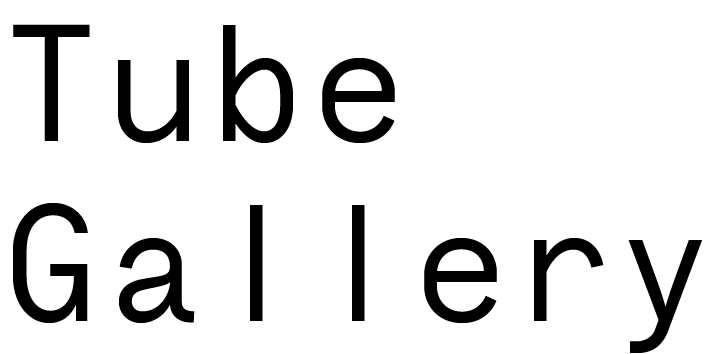Tube Gallery is pleased to present a solo exhibition by Ahren Warner. Bringing together new and recent works, the exhibition highlights Warner’s distinctive interdisciplinary approach, combining photography, text, and video to explore themes of identity, intimacy, and mediated experience.
Without adhering to a fixed narrative, Warner’s work invites reflection on how we navigate personal and collective realities in a visually saturated world.
Sign up for the preview or request more info at info@tubecontemporary.com
Having grown up in a seaside town in the UK, Hannah Rowan has long been fascinated by water and its role in connecting humans to the earth. Her works Undersea (2023) and To Hold an Ocean (2023) materialise her research into marine ecosystems and the intertidal zone, exploring notions of time, memory, and the fragility and resilience of aquatic lifeforms. Oyster shells—small enough to fit in the palm of a hand—are central to these works, symbolising “atmospheric memories” carried through water and encoded in calcite layers like geological strata. Beyond their symbolic role, oyster shells actively improve water quality, enhance marine biodiversity, and protect shorelines from flood surges.
In Maria Thereza Alves’s short film Along the Coast (2003), the artist documents a solitary walk during a residency. After days of observing no animals, Alves captures the unexpected appearance of a dolphin, juxtaposed with the image of a dolphin-shaped balloon being sold nearby. This moment highlights both environmental commentary and the problematic human tendency to prioritise the preservation of aesthetically pleasing animals and landscapes—coastal areas often being romanticised for their picturesque qualities in popular media.
It is no coincidence that Shoreline takes place on the island of Mallorca, with its 555 kilometres of coastline. Rain Wu’s series The Sea Rises and Totally Still maps islands using seawater and chalk on blue fabric. Her architectural background and interest in cartography inform these works, referencing the 17th-century “Age of Exploration,” when maps served political agendas and ignored indigenous presence and geological nuance. By using ephemeral materials, Wu underscores the impermanence of coastlines and maps alike—challenging the notion of fixed geographies.
YaYa Yajie Liang’s large-scale paintings depict moments of metamorphosis between human, animal, and mineral forms—paralleling the dynamic transformations of the shoreline, where land and sea continuously interact. Her practice resonates with the concept of assisted evolution, where adaptation is catalysed by natural processes and human influence. Liang’s spontaneous technique, with its fluid brushstrokes and layered textures, mirrors the unpredictable and interdependent life of coastal ecosystems.
In a distinctly experimental approach, Bianca Hylwa works with SCOBY (Symbiotic Culture of Bacteria and Yeast). Her piece Trek Trax features a dried SCOBY sculpted into a partially anatomical, partially clothed figure, flipping backward. The body—a mix of ribs, hip bones, flesh, socks, and trainers—blends into a coastal backdrop. This work engages with natural cycles of decay and erosion, suggesting that both human bodies and commodities are ultimately material entities, stripped of identity and subject to transformation by the elements.
Seana Gavin explores memory and alternate realities through surreal collage. Her dreamlike compositions evoke the fluid boundaries of shorelines, suggesting the multiplicity and interconnectivity of natural systems. After the Floods (2017) directly addresses climate change and its impact on coastlines, using found images to depict the aftermath of erosion and rising waters.
Yulia Iosilzon presents two new paintings on paper that conjure fantastical, liminal worlds inhabited by amorphous figures. Her vibrant, idealised portrayals of nature invite viewers to recognise the overlooked beauty in the contemporary world. In light of environmental degradation—particularly in coastal regions—her work serves as a reminder of what is at risk of being lost.
Since 2015, Rachael Louise Bailey has investigated a specific marine pollutant she refers to as “The Black Stuff”: repurposed car tyre inner tubes used in oyster farming. Often unfit for long-term use, these materials detach, sink, or wash ashore. In her works Cohabitation (2017) and Rest (2019), Bailey engages with themes of waste, grief, and the synthetic legacy of consumption. Rest emerged after the sudden death of the artist’s cousin, as she sorted through the plastic remains of a life. The resulting sculptural figure—composed of a coat hanger for a collarbone, a bike helmet for a chest, an alarm clock for a heart, and pen fingers—is dressed in a suit, Santa hat, and shrouded in polyester, resting in a plastic inflatable mattress wrapped in “black stuff.” The piece speaks to memory, mourning, and the enduring presence of synthetic materials in life and death.

